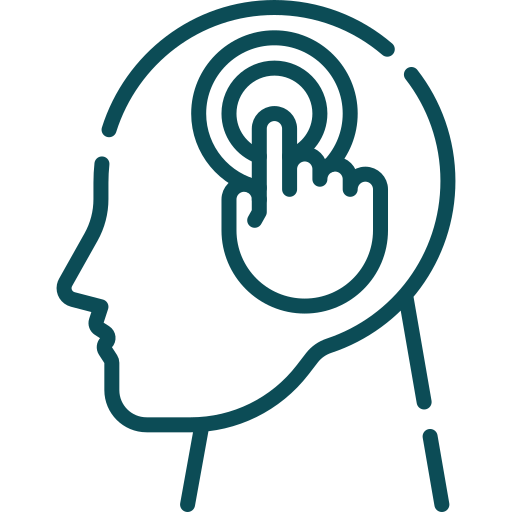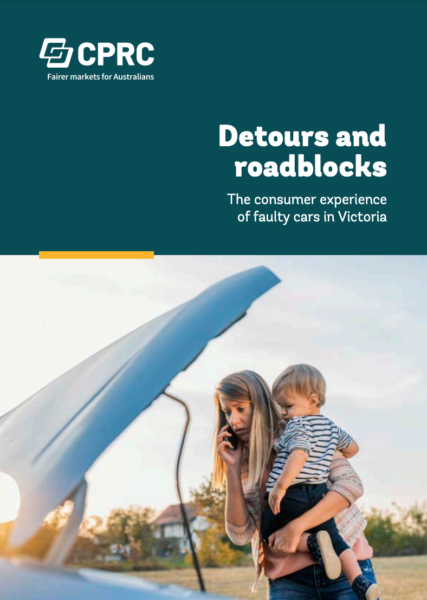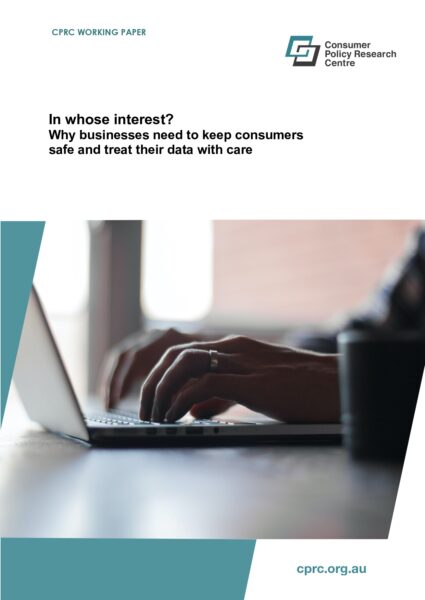June 08, 2022
This report looks closely at ten dark patterns common in Australia today, presents the Australian consumer experience of dark patterns and outlines what next steps could look like for businesses, regulators and government to help mitigate consumer harm.
Deceptive designs range from those that are ubiquitous and frustrating for consumers to those that are misleading and deceptive and can lead to significant consumer harm. We surveyed 2,000 Australians to explore the prevalence and impact of dark patterns in Australia.
83 % of Australians have experienced one or more negative consequences as a result of a website or app using design features aimed at influencing their behaviour.
58 % of Australians are aware that organisations use specific types of design features to try and influence them to behave in a certain way.
Younger consumers were 65% more likely to spend more than they intended to as a result of dark patterns.
30% of Australians stopped using the website or app (either temporarily or permanently) as a result of dark patterns used by the business.

Younger consumers (aged 18 to 28 years) were more likely to be negatively impacted by dark patterns than any other age group.

‘Manipulative’ or ‘deceptive’ were in the top three responses to 9 out of 10 dark patterns tested with Australians consumers.
Dark patterns led to 1 in 4 Australians sharing more personal information than they wanted to.

We looked into ten forms of deceptive designs (dark patterns) in our report:
Jurisdictions worldwide are taking action on dark patterns and it’s time Australia did too. CPRC urges Government to implement wider whole of economy reforms that adequately protect consumers including:
The report also outlines how regulators can reimagine their traditional enforcement models and how businesses can take a more consumer-centric approach to their online presence.
It will require a collective effort to turn the tide away from a digital economy that preys and profits on people’s vulnerabilities.

October 31, 2023
Faulty cars are far too common and disrupt too many lives. This report delves deep into the repercussions of faulty cars on individuals' lives, examines the legal pathways available for those seeking remedies and explores the experience of First Nations people.

March 16, 2023
Australia’s privacy laws rely on notification and consent as the primary means of protecting consumers. The onus is on consumers to navigate complex privacy protections in a continuously complex digital economy. It is time to consider reforms that hold businesses accountable for how they collect, share and use consumer data. It is time to give regulators the power to pause and assess data practices that are causing or likely to cause consumer harm.